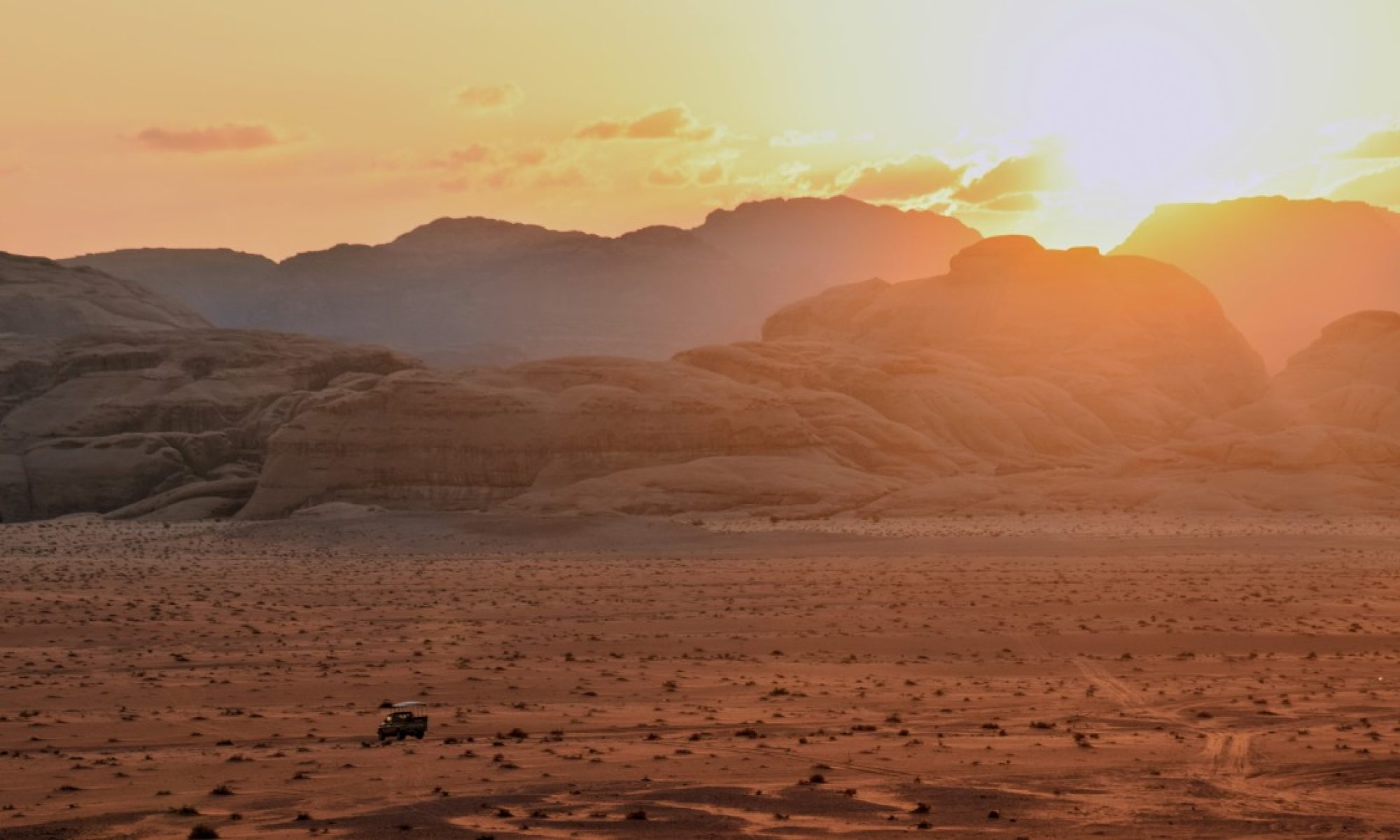The 6th Baladk Street Art Project was held last week in Amman. From the 5th to the 10th of May, several (street) artists from the Middle East and Europe took over the walls of  Amman to paint their impressive murals.
Amman to paint their impressive murals.
Once again, this annual festival contributed to add some colors to the streets of the city and its surroundings: 16 locations, from Sweifieh to Marka and from Rabiyeh to Marj al Hamam, were chosen for this year’s edition. In preparation for the festival, Mu’ath Isaeid, project manager of Baladk on behalf of Al Balad Theater, explored once more every street of Amman in search for walls to be painted.
I accompanied him on his daily tour, on the last day of the festival, making sure that all artists had enough material, food, and water, trying to respond to their last-minute requests and change of plans.

On this tour, I met Rawwa’, a young Jordanian painter who was painting her first outdoor mural. Originally from Ajloun, she graduated in architecture from the JUST University in Irbid. That is when she decided to focus more on painting and to make it more than a passion, putting her further architectural career on hold. What stroke me, at first sight, was to see this young hijabi woman standing there on her ladder in her working blouse, spraying the massive wall while dozens of cars drove by on the main road. It might be a very eurocentric viewpoint, but all this seemed pretty impressive and unusual to me. As I spoke with her, she told me she was aware that this can be surprising at first and disturbing to some, but she was also determined to go past these stereotypes and to go on with her painting and to go beyond the fact that she was doing it as an Arab woman in an Arab, fairly conservative country.
This is also the reason for the choice of her mural, the face of a veiled woman, showing determination and confidence. To Rawwa’, this woman is a symbol representing Arab women and breaking stereotypes. “She is THE Arab woman”, so Rawwa’.
She went on, telling me that, as to her surprise, people seemed very curious and benevolent towards her work, when they stopped by to talk with her, admiring the work in progress. An old lady from the neighborhood would even come regularly to bring her water and make sure she is fine working all day in the sun.

Further along, our tour, talking to Nadja, another Baladk artist from Serbia, I wondered how she would feel if her mural was to be overpainted after she had finished it. “As an artist working outdoors, in public space, this is something you have to take into account and to accept”, she said. Nothing can be done to prevent it and that’s just fine this way, this art being a way to get art to the streets, a place open to everyone, and to interact with the given environment.
The first edition of this festival took place in 2013 with the idea to paint the surroundings of Al Balad Theater, situated downtown at this time (now forced to close and to find a new location following an eviction notice earlier this year: read more about this).
Since 2014, the festival took bigger dimensions, inviting artists from various countries to paint Amman’s walls. The 2014 and 2015 had a strong political claim as being respectively the “Women’s Edition” and the “Edition of Resistance”. Every year, the festival has provided the artists with walls to paint, material, food, and housing for the duration of the festival, thanks to the theater’s own funds as well as fundings from various organizations.

This year, despite facing challenges anew, regarding the authorization to paint the picked walls and getting sufficient funding, the festival ran again, with new graffitis added all around Amman. Media coverage, among others by the BBC, France24, and AJ+ (the Al Jazeera online media) ensured good publicity for it, although criticism has been raised, mainly from Jordanian artists, claiming that a festival called Baladk (Your Country) should focus more on supporting local artists rather than inviting people from abroad. This year’s edition, however, received more than 115 applications, resulting in the selection of 16 artists, eight of whom are Jordanian.

So keep your eyes open and look for the new artworks in our city, marked with the signature Baladk 2018. Locations of this year’s edition are to be found here (non-exhaustive list): Mapping
It is probable that other graffiti you see around the city were a result of previous Baladk festivals… watch out for the Baladk signature!
For more info: Baladk on Instagram
Credits: All pictures are the author’s property. Written by Fiona Huebers
If you liked this article, you also might like (Street) Art in Jordan




